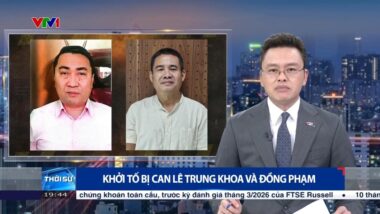Die OpenNet Initiative hat in einem Report den Ausbau der iranischen Netzzensur seit 2009 untersucht, als es im Iran zu großen Protesten im Rahmen der grünen Bewegung kam: After the Green Movement: Internet Controls in Iran, 2009-2012.
Das sind die Hauptthesen:
Since the “Green Movement” protests in 2009, the Iranian regime has adopted increasingly complex surveillance and monitoring techniques, complementing Internet filtering with legal frameworks and information manipulation.
These techniques of control overlap: Internet filtering is reinforced by a more constricted legal environment and efforts to “nationalize” Iranian cyberspace.
ONI testing over the past several years has revealed consistent filtering of websites pertaining to social media, international news channels, non-Shi’ite religions, social and religious taboos, and anything remotely opposed to official government policies.
The creation of the Supreme Council on Cyberspace indicates the Iranian government’s interest in centralizing their approach towards the Internet as well as their view of cyberspace as a larger security concern.
Internet censorship in Iran—culminating in the National Information Network—is framed as a way to protect the nation’s unique culture and identity and defend against the onslaught of Westernization.
The Iranian regime considers cyberspace a geopolitical as much as a domestic policy realm. Surveillance and censorship are simultaneously tools of suppression and a means of national defence.
Keine revolutionären Neuerungen, aber interessante Forschungsergebnisse gut zusamengefasst. Hier ist das PDF.




0 Ergänzungen
Dieser Artikel ist älter als ein Jahr, daher sind die Ergänzungen geschlossen.